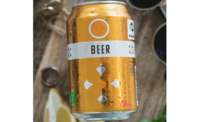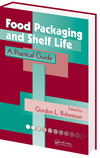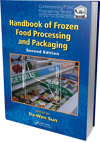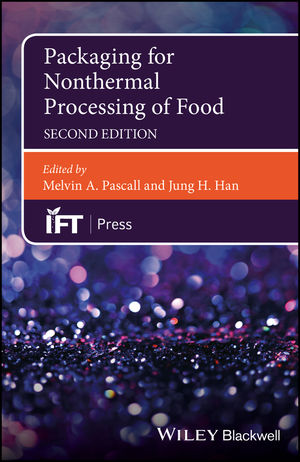IAI Study Highlights Role of Aluminum Cans in a Circular Economy

SOURCE The International Aluminium Institute (IAI)
Research commissioned by the International Aluminium Institute (IAI) into the recycling of three beverage container materials – aluminum, glass and plastic (PET) – has shown that aluminum cans best support a circular economy. The study shows that compared with aluminum cans, more glass and plastic bottles end up in landfills because they are not collected. In addition, the losses in the recycling system once collected, is three times higher for PET and glass bottles than for the aluminum cans.
On behalf of the IAI, Eunomia Research and Consulting studied data in five regions: Brazil, China, Europe, Japan and the US. It looked at the end-of-life processing losses for aluminum cans, glass bottles and plastic (polyethylene terephthalate - PET) bottles. The study also looked at the collection, sorting, reprocessing and thermal processing, closed-loop recycling and open-loop recycling.
Ramon Arratia, Vice President Global Public Affairs at Ball Corporation, noted that “While no drinks container has achieved its full circularity potential yet, aluminum outperforms glass and plastics (PET) at all stages of the waste management system. Today, aluminum cans are the most recycled beverage containers globally. Once the aluminum can is collected from the consumer, it has an unrivaled sorting, reprocessing and remelting efficiency rate of 90% compared with glass (67%) and PET (66%). On this basis, aluminum can be described as a material of choice for a circular economy. This is especially important when we look at the carbon reduction potential of recycling.”
Andrew Wood, Group Executive Strategy & Business Development at Alumina Limited, said “The number of aluminum cans collected at the end of their life is about 18% higher than PET bottles and 28% higher than glass. A greater proportion of PET and one-way glass bottles end up in landfills or waterways because they are not collected. In a decarbonizing world, this is likely to contribute to higher demand for both recycled and primary aluminum.”
The aluminum can was first mass-produced by Coors Brewing Company in the 1950s to improve the taste of beer and provide a more sustainable container than steel cans. It is therefore reassuring to see from this study that the environmental goals of that ground-breaking new product all those years ago are still being realized.
Marlen Bertram, IAI’s Director, Scenarios & Forecasts, says, “As the Institute celebrates its 50th anniversary this year, we have been reflecting on our organization’s long history of data collection, analysis and modeling. Aluminum is one of the most recyclable materials on the planet and the IAI is campaigning to ensure end-of-life products are returned into the recycling loop given the economic and environmental benefits of the metal in our global economy. Comparing recycling rates of different materials is meaningless if you don’t know how the rate is measured and into what products the material is recycled back to. This study is the first public study that comprehensively analyses the extent of recycling and losses of three beverage containers in different regions. By increasing the precision of identifying where major losses occur, the study could provide solutions to improving the rate of recycling for all materials. We are clearly in a new era in circularity transparency.”
Emilio Braghi, EVP Novelis & President Novelis Europe said “Collection and sorting systems are essential to increasing circularity and to unlocking the full potential of infinitely recyclable materials. We need a policy framework that incentivizes true recycling and circular systems, where at the end of their life, beverage containers are recycled again and again – without loss to quality. Aluminum is perfectly suited for multiple product-to-product recycling. We need to move our thinking from waste to valuable resource – reusing existing material to produce new packaging and thereby saving precious natural resources, energy, and lowering emissions.”
Looking for a reprint of this article?
From high-res PDFs to custom plaques, order your copy today!










